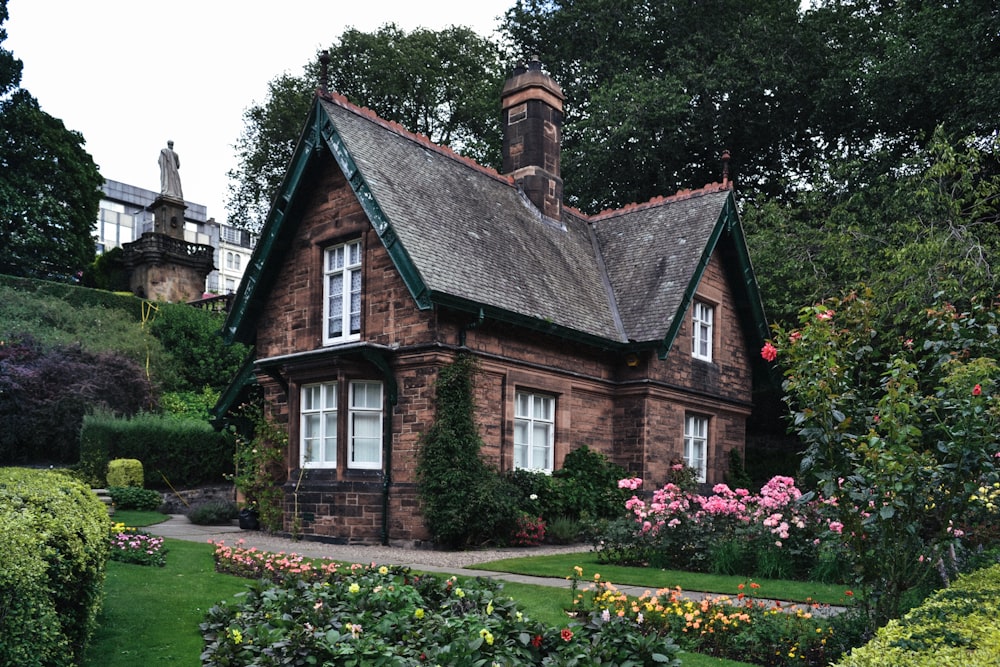Embracing Nostalgia: Modernizing 1960s House Interiors
Preserving Retro Charm
The 1960s was an iconic era marked by distinctive interior design trends that are now experiencing a resurgence in popularity. As homeowners seek to revitalize their living spaces, modernizing 1960s house interiors offers a unique opportunity to blend retro charm with contemporary style. By preserving key elements of the era while introducing modern touches, homeowners can create interiors that pay homage to the past while meeting the demands of modern living.
Honoring Mid-Century Aesthetics
Central to modernizing 1960s house interiors is honoring the mid-century aesthetics that defined the era. This includes embracing clean lines, organic shapes, and bold colors that were hallmarks of 1960s design. By retaining original architectural features such as exposed beams, wood paneling, and geometric patterns, homeowners can capture the essence of mid-century style while infusing their interiors with timeless appeal.
Integrating Contemporary Elements
While preserving retro charm is essential, modernizing 1960s house interiors also involves integrating contemporary elements to enhance functionality and style. This may include updating fixtures and appliances with sleek, minimalist designs, incorporating energy-efficient lighting solutions, and opting for sustainable materials that align with modern sensibilities. By striking a balance between past and present, homeowners can create interiors that feel both nostalgic and fresh.
Creating Versatile Living Spaces
One of the key considerations when modernizing 1960s house interiors is creating versatile living spaces that meet the needs of modern lifestyles. This may involve reimagining floor plans to maximize open-concept layouts, incorporating multifunctional furniture pieces, and optimizing storage solutions to reduce clutter and improve organization. By designing interiors that are adaptable to changing needs, homeowners can ensure their spaces remain relevant for years to come.
Embracing Color and Pattern
Color and pattern played a significant role in 1960s interior design, with bold hues and geometric motifs dominating the aesthetic landscape. When modernizing 1960s house interiors, homeowners can embrace this legacy by incorporating vibrant colors and playful patterns into their decor schemes. Whether through accent walls, retro-inspired wallpaper, or statement furniture pieces, injecting color and pattern adds personality and visual interest to interior spaces.
Blending Old and New
Central to the process of modernizing 1960s house interiors is finding harmony between old and new elements. This may involve repurposing vintage furniture pieces alongside contemporary furnishings, mixing retro accessories with modern decor accents, and layering textures and materials to create depth and dimension. By seamlessly blending old and new, homeowners can create interiors that feel cohesive, balanced, and effortlessly stylish.
Conclusion
In conclusion, modernizing 1960s house interiors is about more than just updating decor; it’s about preserving the essence of a bygone era while adapting to the demands of contemporary living. By honoring mid-century aesthetics, integrating modern elements, creating versatile living spaces, embracing color and pattern, and blending old and new, homeowners can revitalize their interiors with a timeless charm that resonates with both past and present. With thoughtful design choices and a nod to nostalgia, modernizing 1960s house interiors offers a chance to create spaces that are as stylish and functional today as they were half a century ago. Read more about updating 1960s house interior






